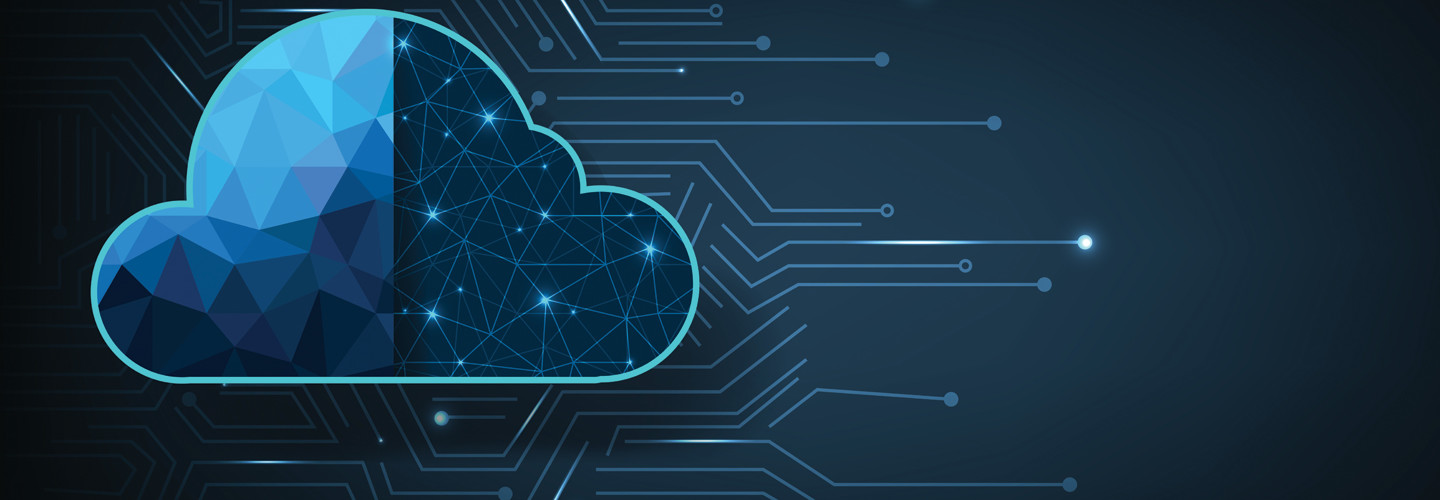How Does SASE Work?
SASE is a network security framework that incorporates robust cloud security technologies, such as secure web gateways (SWGs), Firewall as a Service (FWaaS) and cloud access security brokers (CASBs). SASE uses those technologies to form a software-defined wide area network (SD-WAN), which provides maximum cloud security for all users and endpoints. It drastically reduces the risk of cyberattacks, providing protection and efficient access to critical areas of a school’s network.
SASE also recognizes devices and users based on a district’s security policy. This lets IT leaders take a proactive approach to their cybersecurity measures because they can assure secure access to staff and students at any location from any device.
SASE connects security capabilities and networking to a single service, cloud architecture. “It’s the idea of putting security at the service edge and putting the access as appropriately and efficiently as possible at the service edge,” says Peter Romness, cybersecurity principal for the U.S. public sector CTO office at Cisco.
Click the banner to access customized K–12 technology content when you sign up as an Insider.











